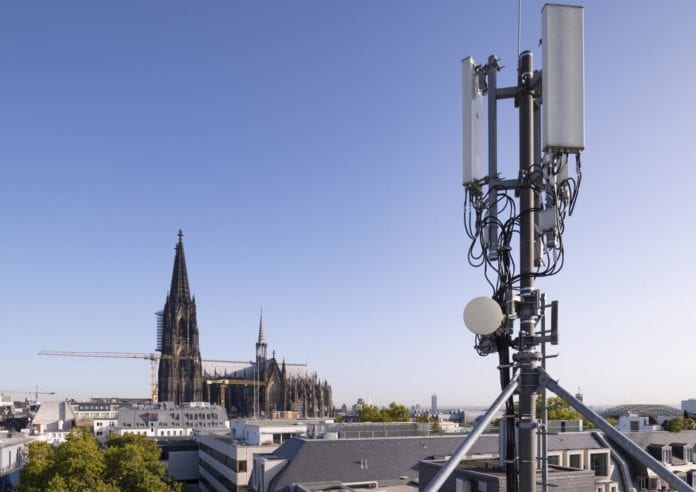German operator Telefónica Deutschland / O2, controlled by Spanish telco Telefónica, has been accelerating the rollout of its 5G network in the country last year and aims to further increase its 5G footprint this year. To know more about the company’s plans for 2021, RCR Wireless News interviewed Mallik Rao, Chief Technology and Information Officer of Telefónica Deutschland / O2.
Q: What is the targeted 5G coverage for the end of 2021?
A: We will push ahead with our massive network rollout in 2021. Especially our 5G rollout will accelerate rapidly. We want to cover 30% of the German population with 5G by the end of 2021. Furthermore, our O2 customers will benefit from a nationwide 5G network by the end of 2025.
Q: How many base stations did the company deploy by the end of 2020 and what is the deployment target for the end of this year?
A: We currently offer 5G coverage in at least 15 major German cities. These include cities such as Berlin, Hamburg, Munich, Cologne, Frankfurt, Stuttgart, Duesseldorf, Essen, Bonn and Potsdam. We operate around 150 5G stations over the 3.6 GHz frequency to offer our O2 customers the greatest possible capacities and speeds. We will be covering more and more cities and rural regions in Germany with the new mobile communications standard in 2021 by accelerating our 5G rollout – and also with the introduction of DSS technology – in the course of this year.
Q: Is the company already in process to deploy a standalone 5G network?
A: We already set the course for our powerful, standalone 5G network. Gigabit data rates, real-time communication and massive IoT are becoming reality in our O2 network. We are currently implementing a completely independent, standalone 5G core network with full cloud compatibility until the course of this year, which will be the basis for all further real 5G activities. For our 5G core network, we are using European technology of our partner Ericsson in order to provide a secure, digital and powerful network. We have a clear plan for the further development of our network infrastructure towards a nationwide standalone 5G network that can handle the massive data streams of the future and open up new digital business models for all our customers.
Q: How important is the 5G segment for the company in terms of subscribers? Are you expecting to see a big increase in 5G adoption this year?
A: 5G is the new data turbo for our customers. With 5G we provide our O2 customers with a second high speed network in parallel to 4G, which offers higher speeds, more capacity, new digital applications and an overall better network experience. With around 95% of all data traffic running via our 4G network, 4G is still the key driver for growth in mobile data usage. However, the number of 5G subscribers will significantly increase in the upcoming years, mostly resulting from an ever-growing 5G network, more customers with a 5G tariff and a bigger selection of 5G smartphones at all price ranges.
Q: Is the company already working on the development of 5G use cases for the enterprise market?
A: We are a pioneer for private 5G networks in Germany. We already established a modern 5G private network (campus network) for car manufacturer Mercedes-Benz Cars at its state-of-the-art Factory 56 production site. The network will be used in ongoing automobile production. 5G will connect machines and systems intelligently, securely, wirelessly and in real time.
We are also working on real 5G use cases with our cooperation partners and enterprise customers. We have extensive know-how in the construction and operation of private networks, for example for 5G campus solutions. These are of particular interest to business customers and industrial companies that need local networks for their production and logistics sites. With tailor-made network infrastructure solutions such as the 5G campus network for Mercedes-Benz Cars we are opening up new digital opportunities for business customers. We even went one step further: We are currently implementing a cloud-based 5G core network for industrial solutions in our architecture. By offering our customers this network, new industry solutions can be developed faster via existing interfaces, production and logistics processes can be fully automated and applications implemented in real-time (edge computing).

